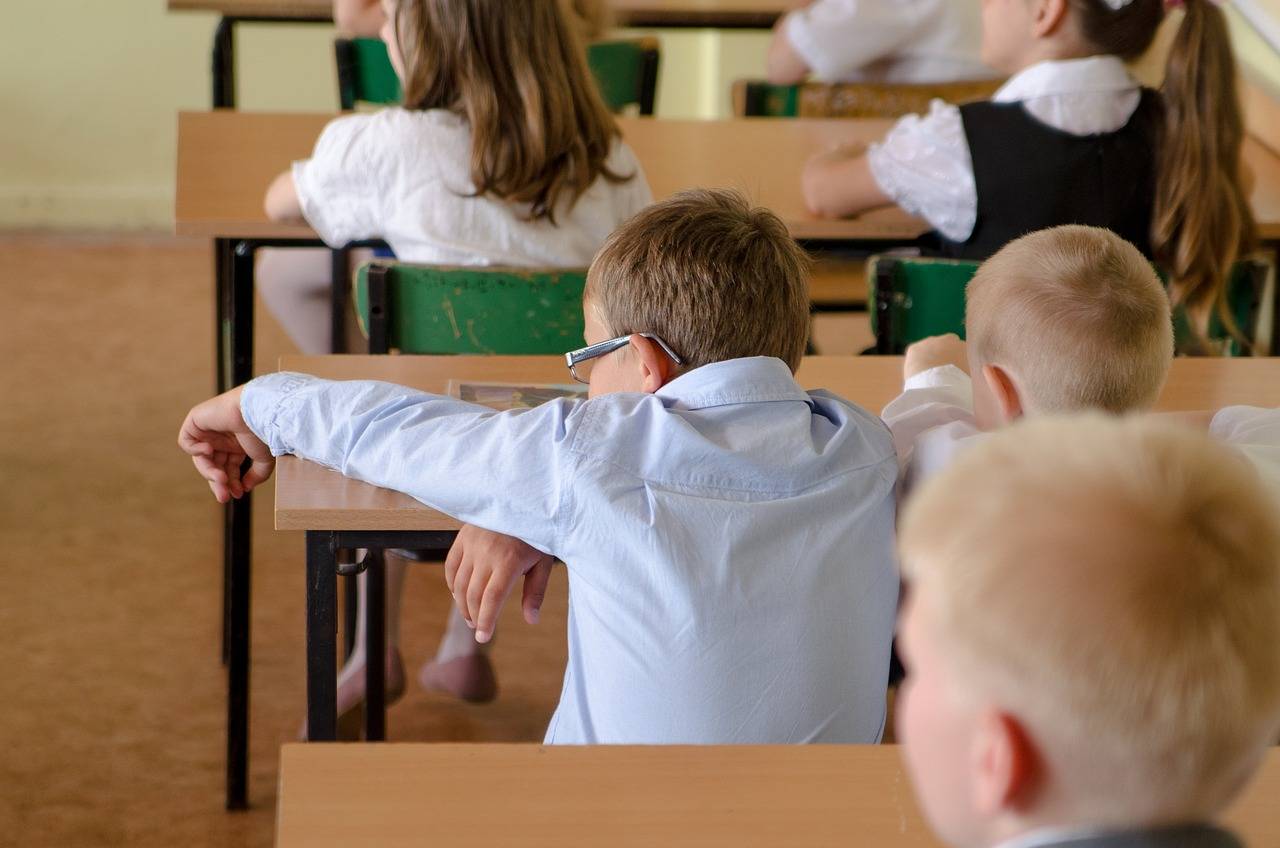Addressing Microaggressions in Educational Settings
Microaggressions in educational settings can manifest in various forms and often go unnoticed by those who perpetrate them. These subtle yet harmful behaviors can include comments, gestures, or actions that communicate insults, invalidations, or stereotypes towards marginalized groups. It is crucial for educators and students alike to be aware of these microaggressions in order to address and prevent their detrimental impact on individuals and the overall learning environment.
Common examples of microaggressions in educational settings can be found in interactions that subtly belittle or undermine a person’s identity based on race, gender, sexual orientation, or other aspects of their identity. These can range from dismissive remarks about a student’s background to making assumptions about a person’s capabilities or interests based on stereotypes. By understanding and recognizing these microaggressions, educators can create a more inclusive and respectful space for all students to thrive academically and personally.
Impact of Microaggressions on Students and Educators
Microaggressions, often subtle and unrecognized, can have significant impacts on both students and educators in educational settings. Students may feel marginalized, misunderstood, or invalidated as a result of microaggressions, leading to feelings of exclusion and decreased motivation to engage in learning. For educators, experiencing or witnessing microaggressions can create a challenging work environment, affecting job satisfaction and overall well-being.
What are some examples of microaggressions in educational settings?
Examples of microaggressions in educational settings can include making assumptions about a student’s background or abilities based on their race or gender, using language that is insensitive or offensive, and dismissing a student’s perspective or experiences.
How do microaggressions impact students?
Microaggressions can have a negative impact on students by creating feelings of invalidation, isolation, and marginalization. They can also contribute to a hostile learning environment and hinder academic performance.
How can educators recognize and address microaggressions in the classroom?
Educators can recognize microaggressions by being aware of their own biases and assumptions, listening to student feedback, and educating themselves on the impact of microaggressions. They can address microaggressions by providing space for open dialogue, acknowledging when harm has been caused, and committing to creating a more inclusive and equitable learning environment.
What can students do if they experience microaggressions?
Students who experience microaggressions can reach out to a trusted teacher, counselor, or administrator for support. They can also connect with student-led organizations or advocacy groups on campus to address systemic issues and advocate for change.
How can schools and institutions work to prevent microaggressions?
Schools and institutions can work to prevent microaggressions by implementing diversity and inclusion training for staff and students, promoting cultural competency and awareness, and creating policies and procedures that address discrimination and bias. It is also important for schools to establish a culture of respect and accountability to prevent and address microaggressions effectively.





